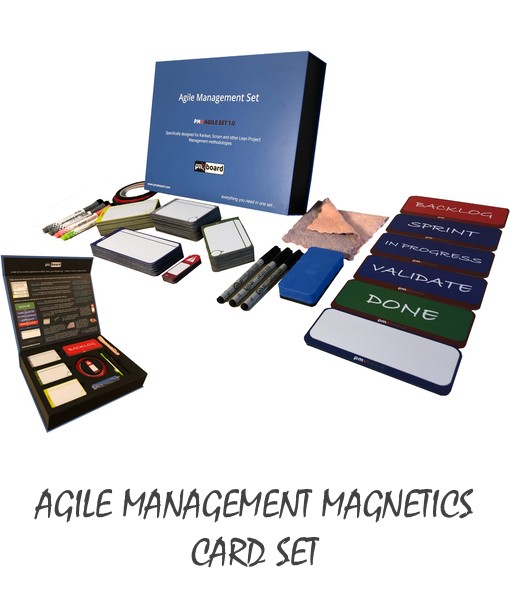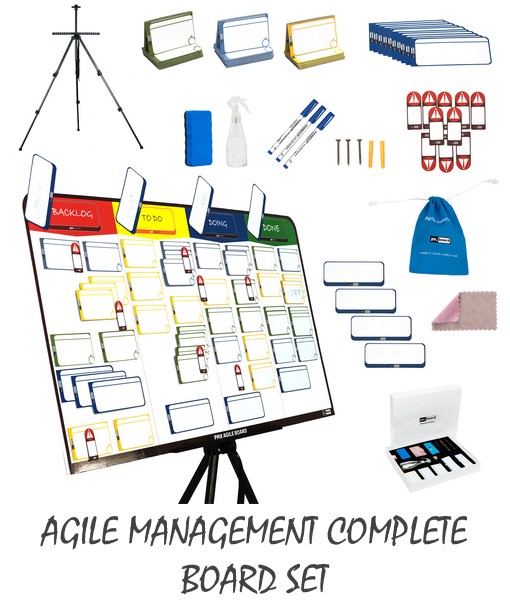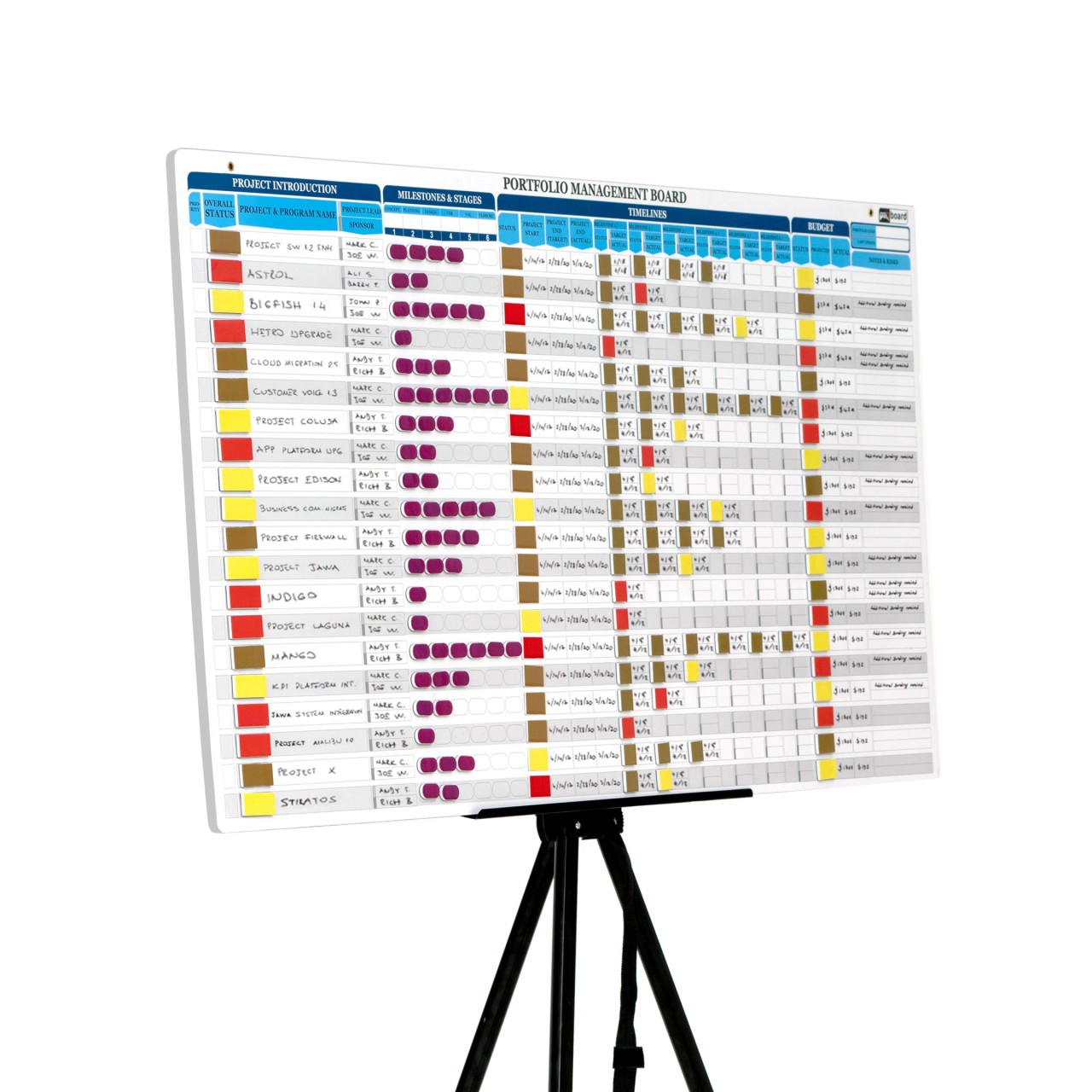Kanban vs. Kaizen: Which Visual Management System is Right for You?
In today's fast-paced business environment, efficiency and continuous improvement are more important than ever. Whether you're managing a team, streamlining workflows, or enhancing productivity, visual management tools like Kanban and Kaizen can be game-changers. But which one is best suited for your needs? In this article, we'll break down the differences between Kanban and Kaizen, their key benefits, and how to determine which method is right for your organization.
"Without standards, there can be no improvement."
Taiichi Ohno
Understanding Kanban: A Visual Approach to Workflow Management
Kanban is a visual workflow management system that helps teams improve efficiency by limiting work-in-progress (WIP), optimizing task flow, and reducing bottlenecks. Originating from Toyota's Lean Manufacturing system, Kanban has been widely adopted across industries, especially in software development, project management, and manufacturing.
Key Principles of Kanban:
- Visualizing Work – Tasks are displayed on a Kanban board to provide a clear overview of project progress.
- Limiting Work-in-Progress (WIP) – Teams set limits on how many tasks can be in progress simultaneously to prevent overload.
- Managing Flow – By continuously tracking work movement, teams can quickly identify and resolve bottlenecks.
- Explicit Process Policies – Defined guidelines ensure consistency in how tasks are handled.
- Continuous Improvement – Teams analyze workflow efficiency and make ongoing improvements.
Benefits of Kanban:
- Enhances workflow transparency and team collaboration.
- Reduces task switching and improves efficiency.
- Eliminates bottlenecks and accelerates project completion.
- Flexible and adaptable to different industries.
Understanding Kaizen: A Culture of Continuous Improvement
Kaizen is a continuous improvement philosophy that focuses on making small, incremental changes over time to enhance processes, efficiency, and overall performance. Rooted in Lean and Six Sigma principles, Kaizen fosters a mindset of ongoing learning and problem-solving.
Key Principles of Kaizen:
- Eliminate Waste (Muda) – Identify and remove inefficiencies in processes.
- Empower Employees – Encourage team involvement in process improvements.
- Standardize Best Practices – Develop and maintain structured workflows.
- Continuous Improvement (PDCA Cycle) – Apply the Plan-Do-Check-Act methodology to refine processes.
- Data-Driven Decision Making – Use performance metrics to measure and enhance efficiency.
Benefits of Kaizen:
- Encourages a proactive improvement mindset.
- Reduces waste and operational costs.
- Improves team morale and engagement.
- Leads to long-term business growth and efficiency.
Kanban vs. Kaizen: Key Differences
| Factor | Kanban | Kaizen |
|---|---|---|
| Focus | Managing workflow efficiency | Continuous process improvement |
| Approach | Visual task management | Philosophical mindset |
| Implementation | Uses Kanban boards and WIP limits | Uses small, incremental process changes |
| Best for | Agile teams, project management, manufacturing | Businesses seeking cultural transformation |
| Timeframe | Ongoing real-time task tracking | Long-term strategic growth |
Both methodologies complement each other and can be used together, but the key is knowing when to apply each one.
Which One is Right for You?
- If you're looking to visualize workflows, manage tasks, and improve project efficiency, Kanban is your best choice.
- If you want to build a culture of ongoing improvement, reduce waste, and enhance operational efficiency, Kaizen is the way to go.
- If you want both immediate workflow optimization and long-term process improvement, combining Kanban with Kaizen can bring maximum efficiency and continuous growth to your organization.
Final Thoughts
Both Kanban and Kaizen offer unique advantages that can transform the way you manage productivity and processes. If your team struggles with task overload or inefficient workflows, Kanban can bring immediate structure and clarity. On the other hand, if you're focused on long-term process optimization, Kaizen instills a mindset of improvement that drives sustained success.
At PMXBOARD, we provide visual productivity tools to help businesses implement Kanban and Kaizen methodologies effectively. Whether you need a Kanban Board, a Kaizen Board Set, or a combination of both, our modular magnetic boards and customizable cards make process improvement seamless.
Explore our productivity tools at PMXBOARD.com and take your workflow efficiency to the next level!
Explore our unique Scrum and Kanban Board magnets kit to build your sustainable agile management board
The set comes with everything you need to build and run successful Agile sprints
Project Management Board kit to manage up to 20 projects visually in a portfolio and take control on budget, timeline, milestones and more!
Stay Informed
When you subscribe to the blog, we will send you an e-mail when there are new updates on the site so you wouldn't miss them.



Comments